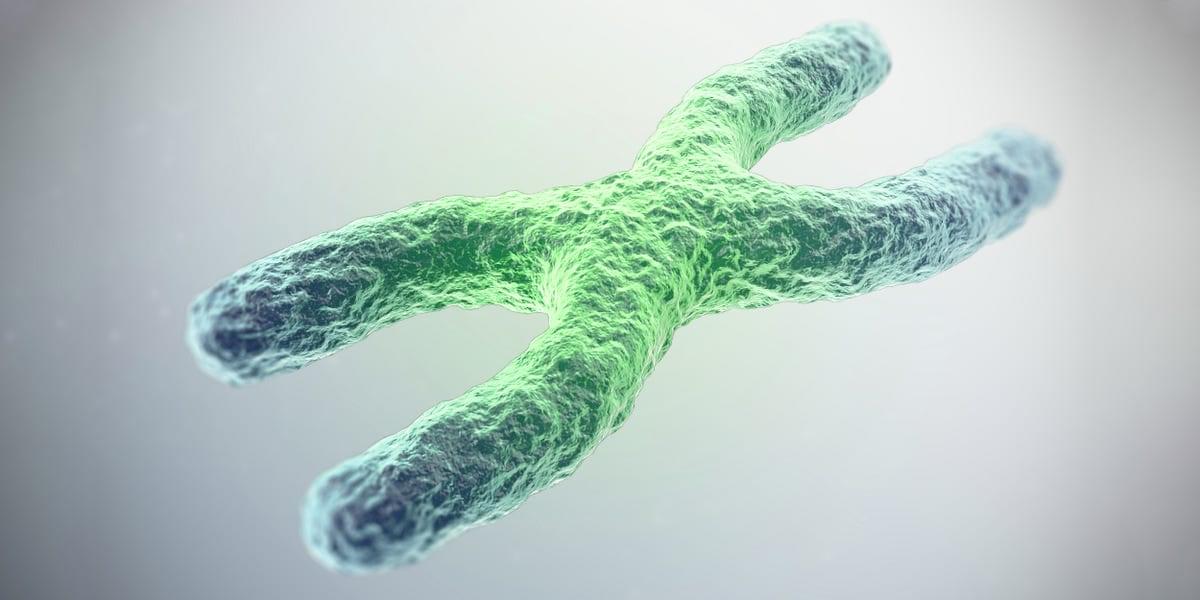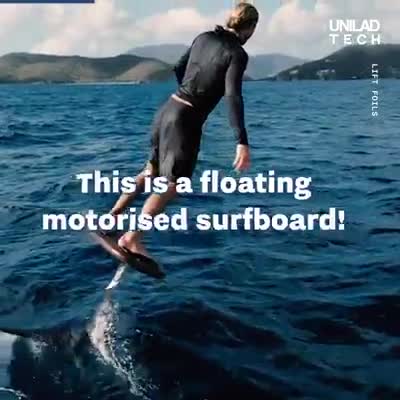CPEC: Internal Pressure, External Threat – Why China’s $60 Billion Investment In Pakistan Is At Risk?



XTI Aircraft has teamed up with VerdeGo Aero to build the TriFan 200, an unmanned, autonomous vertical take-off and landing (VTOL) aircraft.
Denver, Colorado-based XTI and Florida-headquartered VerdeGo say on 19 November that the TriFan 200, a small brother of the in-development passenger TriFan 600 aircraft, will be capable of transporting 227kg (500lb) of cargo on missions of more than 200nm (108km).
“The TriFan 200 aircraft will open up a significant new market for XTI to address the needs of cargo and logistics operators globally,” says XTI’s chief executive Robert LaBelle.

Pharmaceutical companies Pfizer and partner BioNTech will seek emergency government approval for their coronavirus vaccine on Friday, Health and Human Services Secretary Alex Azar said, paving the way for millions of doses to be distributed within 24 hours.
“We will ship millions of doses of vaccine within 24 hours of FDA approval. So my message is hope and help are on the way,” Azar said Thursday as he announced the pending emergency use application during a White House coronavirus task force briefing.
Pfizer’s German partner BioNTech had said this week that it would seek the emergency approval for the vaccine, which showed 94.5 percent efficacy in clinical trials.

Why do certain materials emit electrons with a very specific energy? This has been a mystery for decades — scientists at TU Wien have found an answer.
It is something quite common in physics: electrons leave a certain material, they fly away and then they are measured. Some materials emit electrons, when they are irradiated with light. These electrons are then called “photoelectrons.” In materials research, so-called “Auger electrons” also play an important role — they can be emitted by atoms if an electron is first removed from one of the inner electron shells. But now scientists at TU Wien (Vienna) have succeeded in explaining a completely different type of electron emission, which can occur in carbon materials such as graphite. This electron emission had been known for about 50 years, but its cause was still unclear.
Strange electrons without explanation.


Subramanian Sundaram, a biological engineer affiliated with both Boston University and Harvard has been looking into the current state of robot hands and proposed ideas regarding where new research might be heading. He has published a Perspective piece in the journal Science outlining the current state of robotic hand engineering.
By almost any measure, robot hand design has evolved into sophisticated territory—robot hands can not only pick things up and let them go, they can sometimes “feel” things and respond in human-like ways—and in many cases, do it with extreme dexterity. Unfortunately, despite substantial inroads to giving robot hands human-like abilities, they still fall far short. Sundaram notes that one area where they need major improvement is in sensing things the way humans do, namely: feeling pressure, temperature and that hard-to-classify sense, pleasure. You cannot tickle a robot hand, for example, and expect a human-like response. Sundaram explains in great detail what is known about the human hand and how it processes sensations, and suggests that robot analogs might possible. He notes that not everything about a robot hand needs to be done in the same way as the human hand.
In the third episode of the Healthy Longevity webinar series, we hear from Dr Aubrey de Grey, Chief Science Officer of the SENS Research Foundation as he joins Prof Brian Kennedy for a science-backed and inspirational conversation on regenerative medicine and the implications of a population that lives longer and in good health.
Register for upcoming webinar episodes here: https://bit.ly/3jhe0SB.
#NUSMedicine #webinarseries
Disclaimer: The opinions and advice expressed in this webinar are those of the speakers and do not represent the views and opinions of the organizers and National University of Singapore or any of its subsidiaries or affiliates. The information provided in this webinar is for general information purposes only as part of a general discussion on public health. The information is not intended to be a substitute for professional medical advice, diagnoses or treatment; and cannot be relied on in place of consultation with your licensed healthcare provider.
All Rights Reserved.
All of the proceedings of this webinar, including the presentation of scientific papers, are intended for limited publication only, and all property rights in the material presented, including common-law copyright, are expressly reserved to the speaker or NUS. No statement or presentation made is to be regarded as dedicated to the public domain. Any sound reproduction, transcript or other use of the material presented at this course without the permission of the speaker or NUS is prohibited to the full extent of common-law copyright in such material.

A landmark study shows this age-old tech is the key.
The cure for aging has long been the Holy Grail of medicine. Emerging technologies, like the gene editing tool CRISPR, have opened the floodgates to what may be possible for the future of medical science. The key to slowing down aging, however, may lie in a simple and age-old technique.
Dive deeper. ➡ Read best-in-class health, tech, and science features, and get unlimited access to Pop Mech.
Tel Aviv University team uses ‘microscopic scissors’ to pinpoint and eliminate cancerous cells; results of animal tests just published, trial in humans expected within 2 years.
